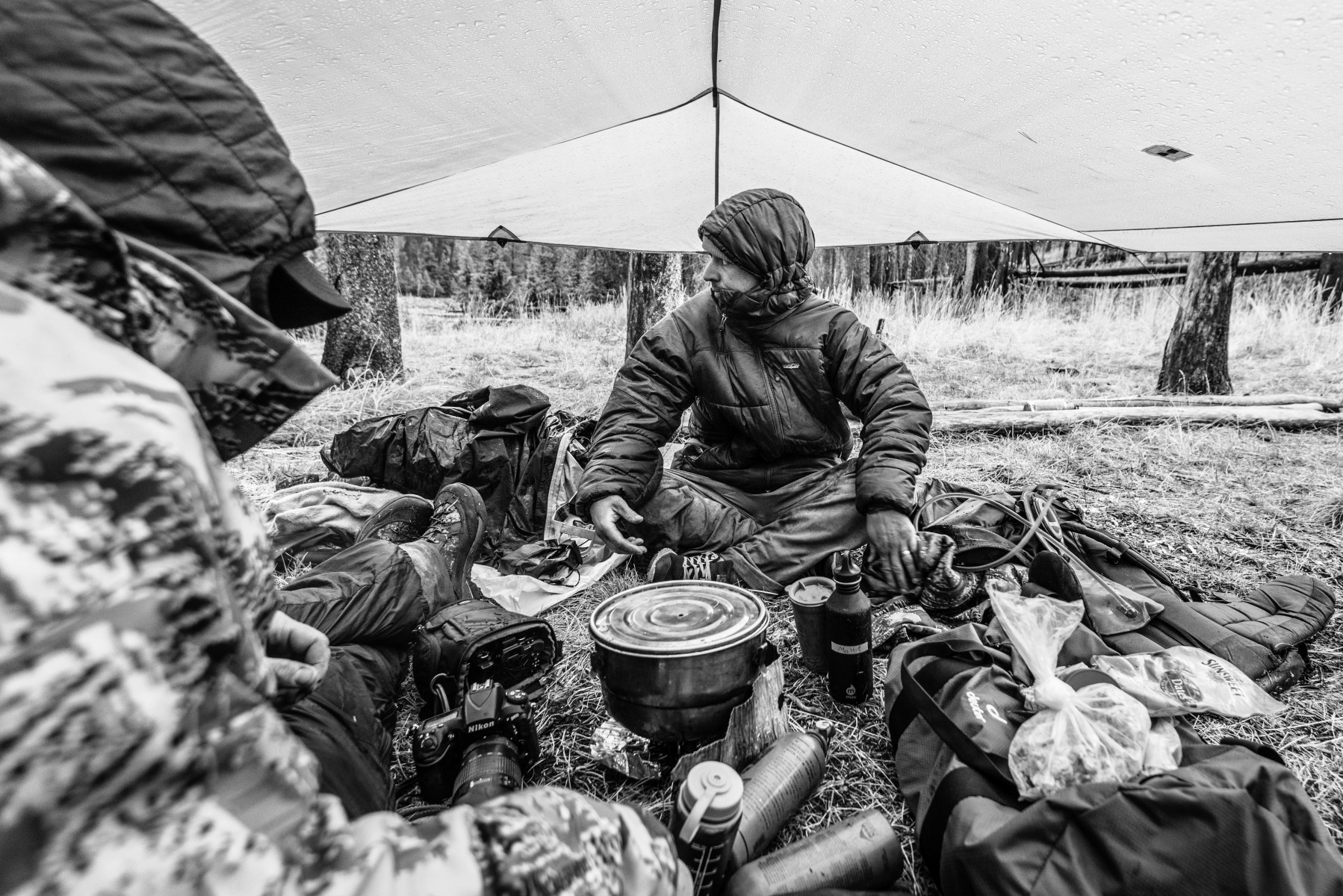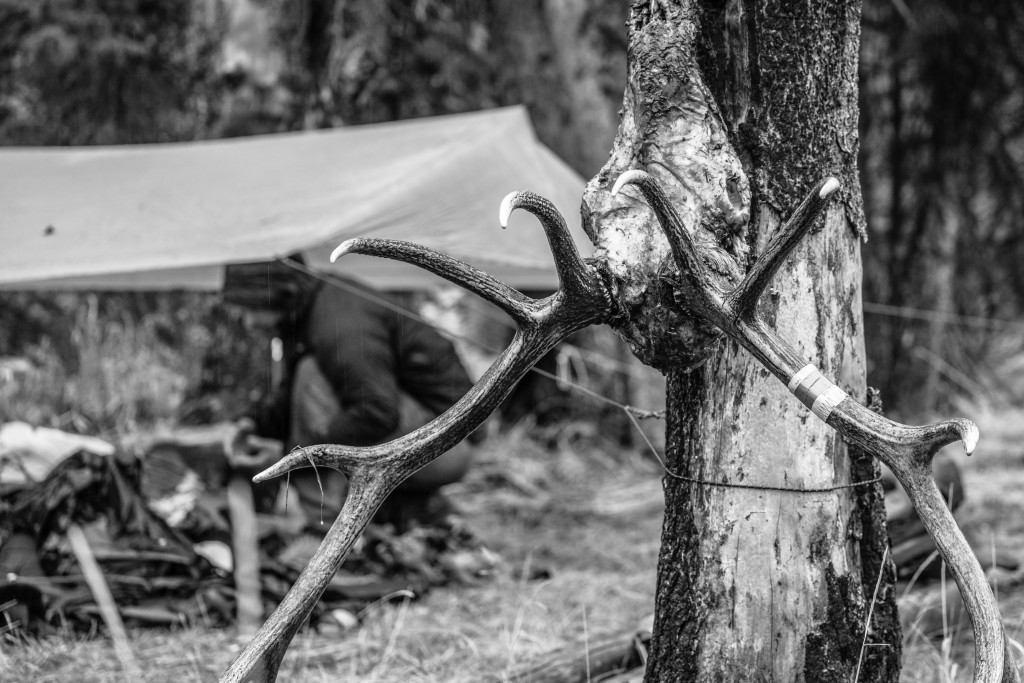Trains, Scrapes And An Introduction To The Thelma Fly

I had two of my four bags on the platform when the train started to move. The third duffle clipped the closing door as I chucked it. It ended up under the train. Jumping, I faired slightly better myself, decking hard on the concrete station floor with the backpack. I came up rolling though. Just a little blood.
I was nineteen and had just landed a summer gig as a sea kayaking instructor and mountain guide in Scandinavia. So what if I’d tossed all my boss’s gear under a moving train? It would take more than that, and a tough dismount, to keep me down.
Her gear even came through unscathed (except that every single zipper, on every single garment had been crushed). Which was a relief because she showed up just a minute later. Turns out the train had only been moving to a new platform. She’d decided to wait and walk calmly off with the rest of the crowd.
Shortly after the train incident, camped beside a picturesque Norwegian fjord, I was instructed in the proper care, maintenance and set-up of the Thelma fly. Named after Thelma Young – who designed the pattern for NOLS, decades ago – It would be my job, I came to learn, to deploy the specialized tarp at every camp we made. And it had to be done a certain way.
By summer’s end, I’d become proficient in the fly’s use, and evangelistic of its virtues. In the fifteen years since that summer, I’ve spent countless stormbound days thanking my stars for the introduction. Now, I won’t leave home without one.
Having shelter for your camp kitchen is a big deal. We’ve all gone without. And sometimes you can get away with it just fine. But when the weather deteriorates, it’s not fun. Cooking in the tent or vestibule can be an option but, come on… nobody’s happy about that. Having a separate, more sheltered space to cook and hang-out out of the weather goes a long way on a tough expedition. And in bear country, having a firm separation between kitchen and bedroom is a must, either by regulation or good common sense.
I like to pitch a fly as high as possible, for increased space and ventilation. But as the weather comes in, I lower as necessary to keep out the elements. You can also keep out the sun with a properly pitched Thelma, making it useful in all seasons.
These days, I have one made of super durable, medium weight nylon. It goes with me when weight is of little concern. I have a second one made of Silnylon. It weighs only a few ounces and is great for light and fast missions.
Because no matter what type of unpredictable conditions I’m marching off into – think fall elk hunting or ice-out for alpine trout – I pack a fly.


